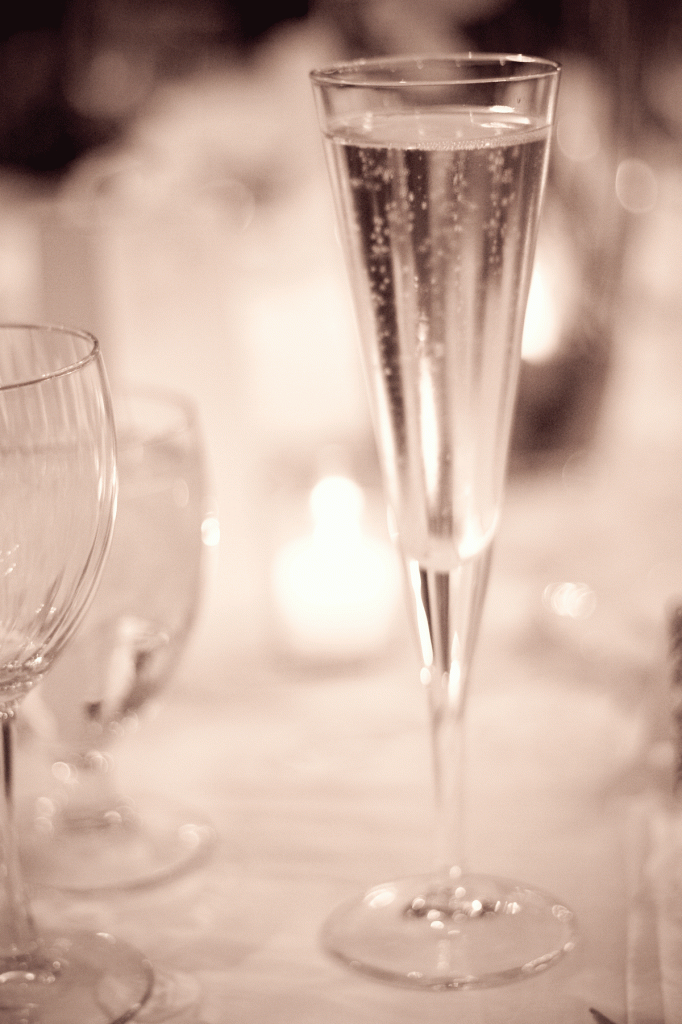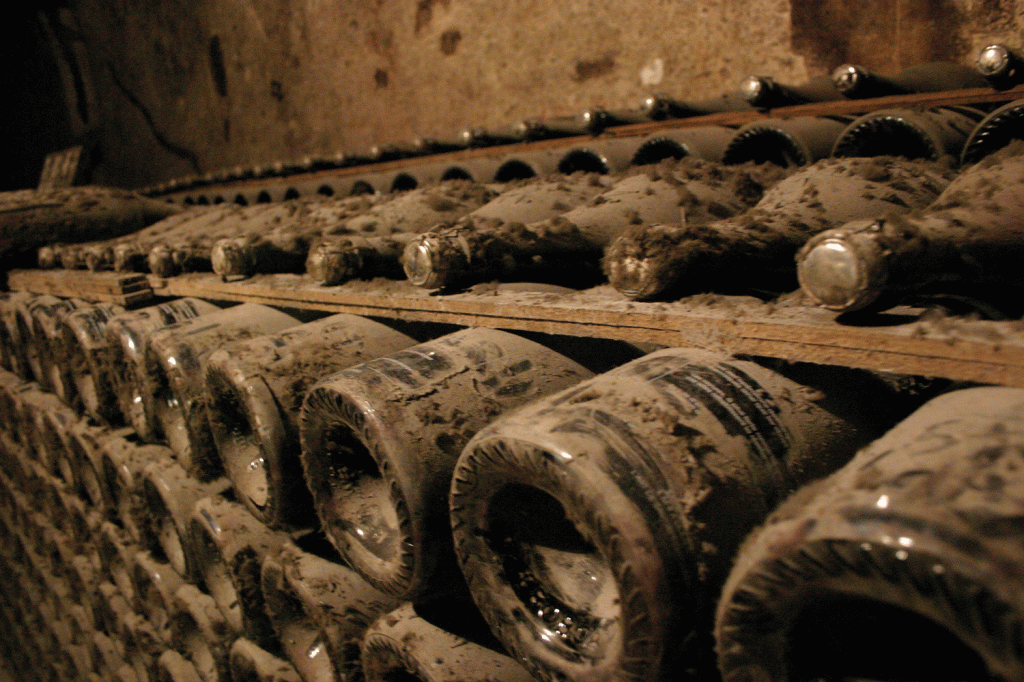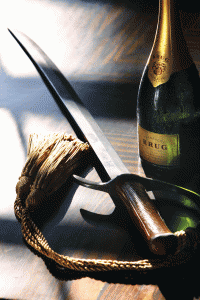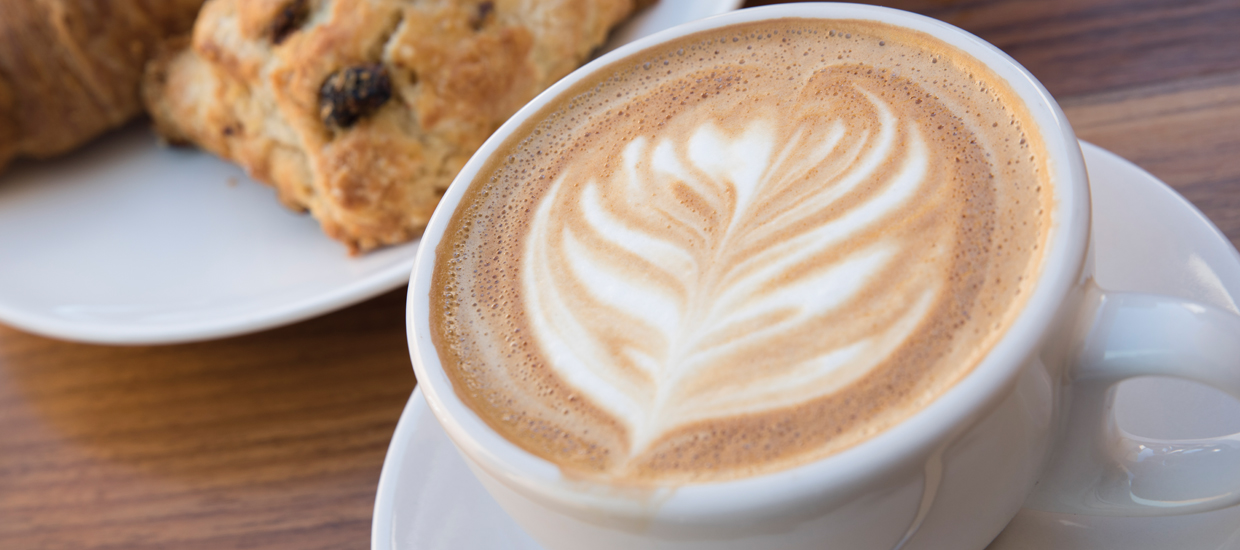Bring on The Bubbly
From festivities to fare, Champagne has become part of the alluring tradition of the St. Regis.
By Maria C. Hunt
Enjoying a glass of the sparkling wine from the Champagne region of France is a singular event: As the streams of tiny bubbles rise in your flute, the cares of the day seem to dissolve. And when you take that first cool, crisp sip and the bubbles tickle your palate, you can’t help but smile. That’s the magic of Champagne, an enduring symbol of luxury and celebration. “I love the elegance of the bubbles, the joie de vivre when you see Champagne; it is always a positive thing,” says Sebastien Verrier, who runs the beverage program at The St. Regis Bal Harbour Resort in Miami. “The sparkling, shiny bubbles excite your palate.”
Verrier, who grew up in Paris about 100 miles from the Champagne region of France, assures that there’s no libation quite like this one. “Champagne is celebratory and festive and associated with lots of lore and stories,” says Jura de Almeida, sommelier at Adour at The St. Regis New York. “It’s the mystique of Champagne, which reflects its complex nature and how hard it is to make and make well. It’s a special wine.”
And guests at the St. Regis are under the spell of this unique and complex sparkling wine. Champagne starts with still wine, usually made from three grapes: pinot noir, chardonnay and pinot meunier. Pinot noir adds depth, chardonnay adds structure and pinot meunier contributes fruit character and roundness. Champagne can also contain four additional grapes: petit meslier, arbanne, pinot gris and pinot blanc.
A single Champagne from a Grande Marque like Veuve Clicquot, Perrier-Jouet or Laurent-Perrier might be made from 60 to 100 lots of wine, which are blended together to create the flavor profile and style that the chef de cave (winemaker) is seeking. It’s poured into bottles, a little yeast and sugar are added and then the bottle is capped. The yeast starts eating the sugar inside the closed bottle, creating the fine carbon dioxide bubbles we love in Champagne.
That young Champagne will be laid on its side—often in chalk-lined caves—and allowed to rest for 18 months or more. During this time, the yeast in the bottle imparts complex flavors of nuttiness and toast, along with a richer texture to the wine.
This tradition of fermenting Champagne in the bottle is known as “méthode champenoise.” And while it’s used to make sparkling wine all over the world, all those winemakers are indebted to the tradition established in Champagne. Rituals are an important part of the St. Regis experience, too. At the Monarch Beach location, the St. Regis’ long-standing preference for Champagne, and its affinity for butterflies, are intertwined to create a breathtaking Saturday evening spectacle from Memorial Day to Labor Day.
Just as the sun is ready to slip beneath the horizon, white-gloved butlers invite guests out onto the terrace behind the Lobby Lounge, head bartender John Luke Fredericks explains. “We invite guests and people nearby to celebrate the ritual where we release 20 monarch butterflies into the air,” Fredericks says. “Then we offer a complimentary Champagne toast to kick off the weekend.”
Champagne also stars in a series of popular sparkling cocktails available at the Lobby Bar. One of the most popular is California Dream, a blend of St. Germain Elderflower Liqueur, PAMA Pomegranate Liqueur, white peach puree and brut Champagne.“It’s a nice, light Champagne cocktail,” Fredericks says. “It’s been on the menu for three years, and I’ve never had one turned back. It’s subtly sweet and refreshing.”

Undoubtedly, though, the most famous Champagne ritual the St. Regis properties share is opening a bottle a la Napoleon: with a saber. The times vary by property, but sommelier H
arry Constantinescu says that sabering happens nightly at The St. Regis Atlanta in the Buckhead neighborhood. “We open a bottle of Champagne with a sword every night at 6 p.m.,” Constantinescu says. “It’s a signal the night has started, and it’s become a tradition for us.”
The art of sabrage has an illustrious history that stretches back more than 200 years. The practice is most commonly associated with Napoleon Bonaparte; he and his troops from the Light Brigade famously opened Champagne with their sabers. The general famously said, “Champagne: in victory, one deserves it; in defeat, one needs it.”
The spectacle of Constantinescu lopping the head off the bottle with a saber draws guests to the lobby and bar, where they are all treated to a complimentary glass of Champagne. “Whatever we saber, people go back in the bar and say, ‘I want a glass of that,’ ” Constantinescu says. “That” is often a glass of Laurent-Perrier brut, which is the house pour at all St. Regis properties. The entire Laurent-Perrier brand appeals to Michael DeCanio, who directs The St. Regis Houston food and beverage program.
“Laurent-Perrier brut, I think, has such an elegant mouth-feel,” DeCanio says. “It’s got some great fruit, and it’s a wonderfully made champagne. It was one of the first Champagnes I had an experience with tasting and thoroughly enjoying a glass of.” His favorite, though, is the Laurent-Perrier Grand Siècle, a prestige cuvée that’s aged for five years until it takes on a deep yellow hue and the aromas and flavors of honey, nuts and truffles. The curvaceous black bottle pays homage to the style of bottle that was popular during the Grand Siècle, as the reign of the Louis XIV—the first French king to drink Champagne—was called.
The St. Regis Houston also serves two pinot noir-based rose Champagnes, the Alexandra Rose and the cuvee rose, which are favorites of guests who dine in the hotel’s The Remington Restaurant. DeCanio says both wines have juicy berry notes that make them pair well with entrees like the veal chop.
Rose Champagnes are also very popular at Fern Restaurant at The St. Regis Bahia Beach Resort in Puerto Rico. As they sit under the glow cast by twinkling jellyfish, gazing out at the Atlantic Ocean, guests like to sip a glass of Veuve du Vernay, a brut rose, Director of Outlets Celine Vasse says. They may even order a bottle of rose as an aperitif or to pair with appetizers such as the salmon tartare with ginger-avocado dressing.
“What people go for by the bottle are the rose Champagnes,” Martinez says. “They like Nicolas Feuillatte, and we have the Laurent-Perrier Rosé. It has a crispness and nice acidity. There’s a good balance with the bubbles and crispness of the Champagne.”
Whether it’s a dry rose or a pale glass of brut, crisp and cool Champagne is the ultimate in refreshment. Or it seems that way in Miami at The St. Regis Bal Harbour Resort. “The weather allows us to always have something cool, sparkling and refreshing,” Verrier says. “As an aperitif, the biggest sales we have by the glass is Champagne, more than white wine or red wine.”
Moreover, Champagne complements the lighter, Asian- and Latin-influenced menu at the J&G Grill at The St. Regis Bal Harbour Resort. The Marguet Pere et Fils, a richer Champagne fermented in an oak barrel that gives the wine a deep, nutty flavor, pairs well with J&G cuisine. “This is a pretty intense wine that will go more with J&G Grill’s cuisine,” Verrier says. “We have a hamachi served with avocado and a soy and sesame oil sauce. The nutty character of the sesame oil goes well with the nutty character in the Champagne.”
At the Kauai Grill, from Michelin-awarded chef Jean-Georges Vongerichten at The St. Regis Princeville Resort on the island of Kauai, Champagne is as much a part of the dining experience as the Kauai-grown ingredients. By-the-glass offerings include NV Billecart-Salmon Brut Champagne and NV Piper-Heidsieck Brut. Guests can also choose from a selection of full bottles, from NV Laurent-Perrier Brut to Krug Grand Cuvee and Louis Roederer Cristal. The effervescent wine pairs well with the sun-soaked cuisine, such as steamed onaga with fragrant coconut juice, parsnip and lime, or sauteed Kona lobster with butter cabbage and scallions.
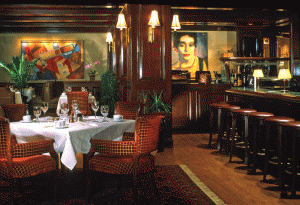
Of all styles of wine, the selection of Champagne seems to be the most brand-driven, with people gravitating toward the names they know. But John Vuong, wine director at Ame
Restaurant at The St. Regis San Francisco, subtly draws his guests to wines made by families who grow grapes on land passed down through the generations. These “grower Champagnes” are some of the most exciting wines in the market. Some of the grower bottlings on the Ame
wine list include lean and precise Chartogne-Taillet Cuvee Sainte-Anne Brut, Gaston Chiquet Tradition Brut Premier Cru, Pierre Gimonnet Brut and the Jacques Selosse Initiale Grand Cru Blanc de Blancs Brut, made by a legend in the grower Champagne clique. “There’s so mu
ch great grower Champagne out there it’s ridiculous,” Vuong says. “I’m glad these guys are reclaiming their grapes instead of selling them. The wines they’re making are phenomenal.”
Contrary to tradition, Vuong confesses he likes sipping Champagne through an entire dinner, and he says more guests at Ame are coming around to the idea as well. At The St. Regis New York, de Almeida says his cosmopolitan guests are accustomed to pairing Champagne, such as the powerfully elegant Krug Grande Cuvee, with a variety of savory foods. But he’s turning the concept on its head by suggesting a brut Champagne or a dry rose with dessert.
“People getting a dessert that’s sweet and having a sweet wine on top of that is almost too much,” de Almeida says. “You can do a nice, dry rose that doesn’t necessarily have residual sugar, but it does have some fruit. And I’ve never run into anyone who disagrees with Dom Pérignon for dessert.” Whether it’s celebrating a perfect summer evening or an anniversary, sommeliers and general managers alike at the St. Regis have carried on the tradition of toasting to these simple yet memorable moments with none other than a glass of Champagne.


